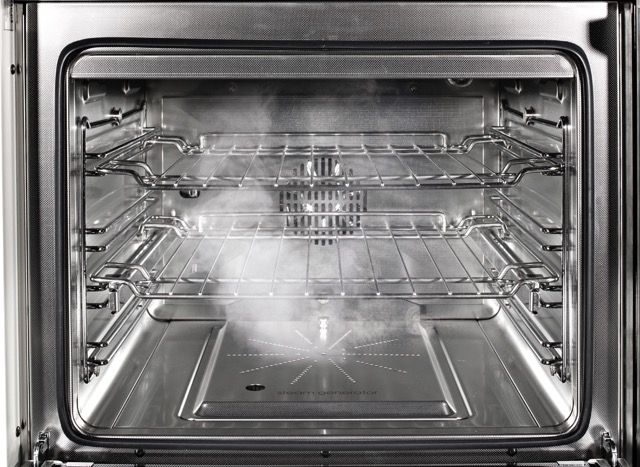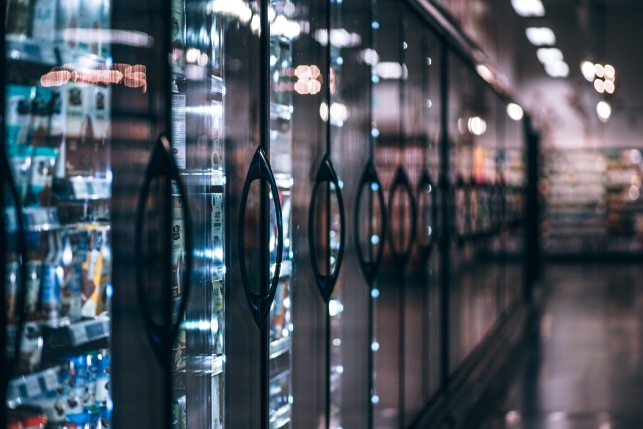Let's start with what humidity is.
To put it simply, it is the amount of water vapor in the air. It is basically water in gaseous state. When temperature of the air increases, more water vapor will be present.
A hygrometer can be used to measure relative humidity. It consists of two thermometers mounted together with a handle attached on a chain. One is a regular thermometer and the other is a wet-bulb thermometer.
Wnile it may seem inconsequential, humidity can have a profound effect on the cooking process. Most of the time, we are more concerned with the ingredients in cooking and not so much on the effect of temperature and humidity on the ingredients.
Traditional ovens as we know it, does not have the ability to control humidity. But modern and more intelligent ovens, including combi ovens have the ability to do so. By being able to precisely control the temperature and humidity, one can better control the actual temperature of the food inside it.
Most of the humidity in an oven comes from food, thus by adding more food to the oven, you are also increasing its humidity. This also means that cooking in bigger batches is actually faster. It also helps prevent the water in the food from evaporating, keeping the moisture locked inside.
When it comes to cooking in an oven, controlling temperature and humidity are the most important. In a combi oven, the cooking modes can be divided into convection, steam and combi. Ovens work to provide humidity during the cooking process by producing a vapor-laden environment that completely surrounds food with moisture and creates an opposing vapor pressure that prevents the food from losing or gaining too much moisture. By being able to independently control the air temperature, you are also determining the texture (browning level or crispness) of the food product.
In the baking process, the presence of steam is what makes bread light and crusty. This is also an instance where modern ovens prove to be superior compared to traditional ovens. When baking baguettes in a conventional oven, you would have to spray water into the chamber, and even place a pan of hot water or use lava rocks to generate steam prior to baking.
Humidity also helps slow down the cooking process in bread,which in turn delays the formation of the crust and keeps the dough flexible for longer. It also helps to produce a really crisp crust and simultaneously play a hand in crust color too and prevents it from burning.
In the cooking process, the presence of steam is just as equally beneficial. By being able to control temperature, time and humidity, there are many other food that can be cooked. Beyond bread, the capability to inject specific temperature and humidity to preserve the delicete nature of fish, can result in prefectly-poached fish. When it comes to braising meat, you can achieve great results in less time.
It also helps produce tender and juicy meat when cooking meat or poultry. When it comes to roasting small cuts of meat, high humidity levels are ideal. It cooks them fast and the meat is less likely to dry out. On the other hand, whole roasts will benefit from a moderate to high humidity as it helps render and brown any exterior fat and cook the meat fully through while remaining juicy.
The combination of high humidity and high heat is also often recommended for cooking fish and seafood. It allows them to be cooked quickly and yet remain moist and tender instead of being overcooked.
Humidity is also why wrapping meat in butcher paper or tin foil is done during cooking. It helps to increase the humidity as moisture is not able to evaporate and helps speed up the cooking time.



